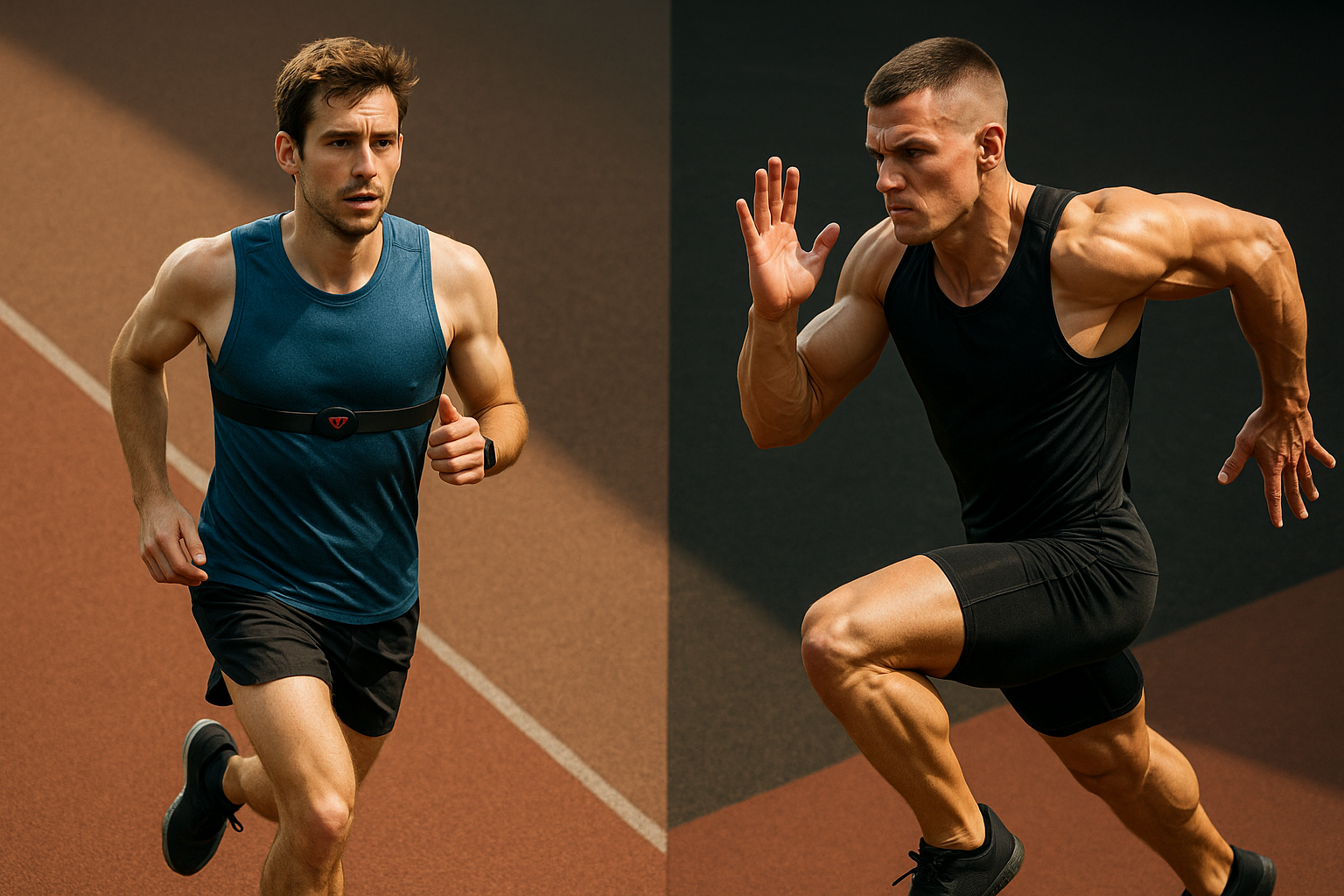Strength-to-power transitions: structuring microcycles for explosiveness
Microcycles bridge strength training and explosive power work by concentrating load, recovery, and specific exercises into short, repeatable blocks. Thoughtful microcycle design improves transfer from heavy strength adaptations to the high-velocity outputs needed for sport performance.

Strength-to-power transitions require intentional microcycle design that moves athletes from high-force, low-velocity strength sessions to high-velocity, lower-load power work while preserving tissue health and sport readiness. A well-structured microcycle balances conditioning and technical practice, manages fatigue, and aligns nutrition and hydration to the demands of both maximal strength and fast, explosive outputs.
conditioning: how should it support power?
Conditioning in a strength-to-power microcycle focuses on energy-system development without blunting neuromuscular adaptations. Short, high-intensity intervals and sport-specific drills preserve or build endurance while minimizing central fatigue. Use conditioning sessions early in the week when heavy strength is not immediately required, or separate them by time of day. Keep conditioning volume lower during power phases to prevent interference with fast-twitch recruitment and ensure sessions emphasize quality over quantity.
periodization: how do microcycles fit a larger plan?
Microcycles are the building blocks of periodization and should reflect the macrocycle’s goals. A typical approach shifts the emphasis across successive microcycles: an accumulation phase prioritizes strength and hypertrophy, followed by a conversion phase emphasizing rate of force development and power. Within each microcycle adjust intensity and velocity: heavy strength days (low reps, high load) are followed by power days (moderate load, maximal intent). This planned variation helps convert force capacity into usable sport power.
recovery and mobility: what aids transition and resilience?
Recovery strategies and mobility work are essential to maintain joint and soft-tissue health as intensity varies. Scheduled recovery methods—sleep prioritization, active recovery sessions, and soft-tissue work—help sustain performance across microcycles. Mobility routines should be brief, targeted, and linked to movement patterns used in power exercises (hip extension, ankle dorsiflexion, thoracic rotation). Integrate rehabilitation principles for athletes returning from injury, ensuring progression from controlled strength to dynamic power under the guidance of clinicians.
loadmanagement and analytics: how to monitor readiness?
Effective loadmanagement uses both subjective measures and analytics from training data and wearables. Track session RPE, jump height, bar velocity, and heart-rate variability to detect fatigue or readiness trends. Wearables can provide continuous metrics but should inform decisions rather than dictate them. Use analytics to adjust microcycle density: reduce volume or delay a power session if velocity profiles or recovery markers indicate accumulated fatigue, preserving the quality of explosive work.
nutrition and hydration: what supports explosive outputs?
Nutrition and hydration underpin neuromuscular performance and recovery across microcycles. Prioritize sufficient protein to support muscle repair in strength phases, and carbohydrates to fuel high-intensity power and conditioning sessions. Hydration affects cognitive and neuromuscular function; maintain consistent fluid and electrolyte intake surrounding heavy and explosive sessions. Timing—such as carbohydrate availability before power days and adequate post-session protein—helps translate strength gains into reliable power production.
strength, power, biomechanics, rehabilitation, tactics: how do they integrate?
Transferring strength to sport-specific power requires biomechanical specificity and tactical integration. Combine strength exercises that build force capacity (squats, deadlifts) with plyometrics and ballistic lifts that emphasize rate of force development. Coaches should analyze movement patterns and biomechanics to ensure exercises map onto sport actions, and incorporate rehabilitation feedback to modify progressions for injured athletes. Tactics and skill work remain part of the microcycle; integrating reactive or decision-based drills near power sessions helps bridge physical capacity to in-game explosiveness without excessive fatigue.
This article is for informational purposes only and should not be considered medical advice. Please consult a qualified healthcare professional for personalized guidance and treatment.
Conclusion Microcycles that transition from strength to power succeed when they layer targeted conditioning, deliberate periodization, planned recovery and mobility, and data-informed loadmanagement. Nutrition, hydration, biomechanics, and rehabilitation considerations ensure athletes can express force quickly and reliably. Thoughtful microcycle structure creates consistent opportunities to practice explosive actions in contexts that mirror tactical demands and sport movement patterns.





